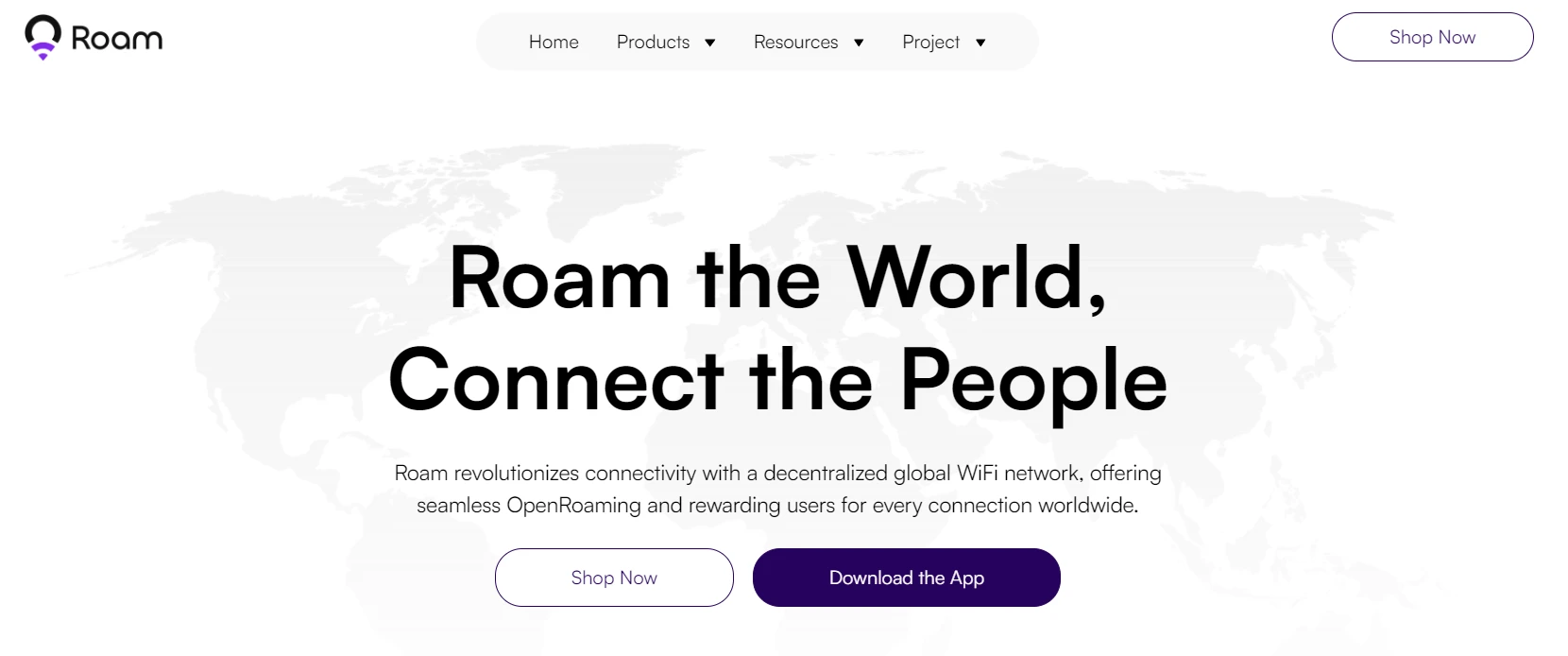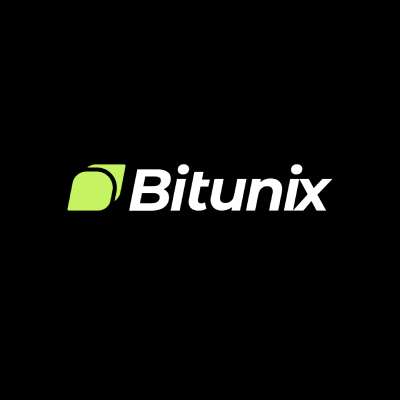The DePIN (Decentralized Physical Infrastructure Network) track emerged in 2019. After several years of development, it has now reached a certain scale, and the total token market value has reached tens of billions of US dollars.
However, the DePIN track still faces many problems, such as the huge mismatch between user needs and products, the problem of large-scale adoption, the problem of unsustainable economic models, and the problem of inability to expand infrastructure, etc. This leads to most people being unable to feel the inclusiveness that the DePIN track projects should have, and can only participate in the hype of Jetons. Therefore, the impact of DePIN has become limited.
An excellent DePIN project should generally have the following characteristics:
1. Real application requirements;
2. Easy-to-use products that meet needs;
3. Huge market potential;
4. Solid data;
5. Strong endorsement.
Roam is one of the few DePIN projects that meets the above five requirements. In particular, Roam has recently launched the construction of Telecom Data Layer, which builds a telecommunications data network in the mode of Physical L1 to process specific types of data, so as to develop rich and practical applications on it to serve users. This makes Roam go beyond the scope of general DePIN projects and become the basic layer of DePIN, greatly expanding Roams market potential and imagination space. This article will explain Roam in a popular way around these points, and I hope that all readers who are interested in the DePIN track can understand it.
Demand and products
Real needs are often simple. In contemporary society, the need for network access is as necessary as the need for water and electricity. However, network access is not as easy to obtain as imagined, especially for business travelers: poor network signals, high network traffic costs, repeated logins, lengthy registration processes, etc. are all common problems. Roam is committed to building a global decentralized WiFi roaming network. The Roam network uses decentralized identity (DID) and verifiable credentials (VC) technology to provide users with a secure (encrypted information protection), seamless, and global wireless experience.

The features of Roam are summarized as follows:
Free global WiFi roaming: Roam鈥檚 services are free for end users.
Free global traffic: Roam has launched eSIM, allowing all users to get free international traffic in the Roam app, so they can still enjoy network services even in areas without WiFi coverage.
Easy to use: You only need to register for Roamapp and click on the app when using it. There is no need to change locations. Everyone can quickly access the global WiFi network through Roams multi-chain wallet.
Privacy and security: DID and VC technologies ensure the security of user information, while zero-knowledge proof technology allows users to authenticate their identities without disclosing any personal information.
Token incentives: The incentives here are divided into two parts: incentives for users and incentives for network providers.
Users: You can download Roamapp on IOS or Androïde. The most basic function of the app is to access the global WiFi network, and each user behavior such as registration, invitation, and sharing is accompanied by corresponding token incentives. Roam also often holds various community activities, which can generate more additional incentives for end users.
Network providers: can directly share WiFi resources to get token incentives, professional users can also get more token incentives by using Roam routers (Rainier MAX 60).
Complete network facilities: In addition to software functions, Roam also distributes supporting hardware that supports computing, storage, and connectivity, such as todays WiFi routers and AP access points. These hardware form the backbone of the Roam network.
Telecom Data Layer: Beyond DePIN, Building the First Decentralized Telecom Data Network
In addition to the above features, Roam鈥檚 latest narrative will give the project a broader imagination space for future development.
Traditional DePIN projects focus on the user adoption of current distributed devices, and pay more attention to the application layer. Roam not only focuses on the application layer, but also on the physical layer. A large number of Roam mining nodes (physical layer nodes) have formed a huge network system. Each node not only provides network services to users, but also accurately generates location and time data in the process of interacting with users, which will gradually form a decentralized telecommunications data layer. The core data of the telecommunications data layer will be synchronized to the chain in real time, and recorded and stored on Solana and other collaborative blockchains, which will bring broader application scenarios and provide users with richer services.
The Roam network focuses not only on the connection between people and devices, but also on the connection between devices (Internet of Things), the connection between devices and data, and the connection between devices and AI. Roam uses blockchain technology to build an ecological framework at the digital layer, but is not limited to blockchain data systems. Roam uses the advantages of DePIN to quickly complete the deployment of infrastructure hardware, but its actual service scope has exceeded the scope of DePIN. For example, Roam can also provide support for services such as content delivery networks (CDN) and virtual private networks (VPN) in the future, which is a more basic positioning than the application layer.
RoamTelecom Data Layer builds a global decentralized telecommunications data network through the Physical L1 model, and is rooted in the basic layer of DePIN, allowing different project parties to use the telecommunications data network built by Roam to build richer services and build different applications on the Roam platform. The products are not limited to WiFi and traffic data related to Roam. Roam Telecom Data Layer is a platform that can support various tracks, whether it is information storage, data communication, WiFi network, AI computing, edge computing, you can build applications on it and develop an ecosystem. Here, not only data between different projects can be interconnected, but also devices between different projects can be interconnected.
The implementation of data networks is more challenging than the development of the application layer, but Roam has taken a solid step: Roam has built a telecommunications data layer with 600,000 nodes that synchronize information in real time. With the continuous increase in the number of physical nodes and the continuous accumulation of telecommunications data, Roam will build a new type of large-scale Internet of Things network. Moreover, the data layer of this ecosystem is based on blockchain technology, and the use of DID in it will be more imaginative. Not only humans have DID, but also devices and AI can have DID. This is another step forward on the basis of the Internet of Things, which can be called Blockchain of Internet of Things (BoT). The Physical Layer 1 model expands Roams market potential, allowing Roam to develop from a DePIN project into a platform that can grow a prosperous ecosystem, making new narratives possible.
Solid data
As of now, Roam has more than 760,000 users in more than 190 countries, covering more than 3.5 million OpenRoaming nodes, and its users have added 710,000 self-built network nodes. Roam has become the third largest DePIN project on Depinscan.io.
Strong endorsement
WBA: As the global wireless broadband industry rule maker, Roam is the only Web3 IDP (identity provider) of the Global Wireless Broadband Alliance WBA. Current members of WBA include ATT, BT, Boingo, Cisco, Deutsche Telekom, Korea Telecom, Orange France, True Internet and TMN/Portugal Telecom.
Software and technology cooperation: Roam has established in-depth cooperation with well-known companies and technology platforms such as Samsung, Cisco, Intel, and Solana.
Hardware Manufacturing Cooperation: Roam has developed and produced high-quality WiFi routers such as the Roam Rainier MAX 60 and Roam Baker MAX 30 through the supply chain of Chinese hardware giant Xiaomi.
Investment institutions: Roam has received two rounds of investment totaling tens of millions of US dollars. Investment institutions include Anagram, Volt Capital, Comma 3 Ventures, IoTeX, Awesome People Ventures, Crowdcreate, Future Life, Slope, Stratified Capital, JDI Global, ZC Capital, Future 3 Campus, ECMC Group, SNZ, DePIN Labs, etc., and received strategic investment from Samsung Next in February 2024.
Roam has been developed for more than three years. The team has grown from 5 people at the beginning to more than 50 people now, and the number of users is also moving towards the million level. With the launch of the new Roam Physical L1 concept in the future, with the launch of the new telecom data layer and Physical L1 blueprint, Roam may lead a new round of narrative craze, thereby growing a more prosperous ecosystem.
This article is sourced from the internet: How Roam can break the DePIN dilemma
Auteur original : Lila Le 27 août, les données officielles ont montré que la valeur marchande du stablecoin PYUSD de PayPal a dépassé la barre des 110 milliards de dollars, et que son offre a plus que doublé depuis juin. Selon le tableau de bord du stablecoin de Visa, l'activité des utilisateurs de PYUSD a grimpé en flèche, les adresses de portefeuille actives mensuelles passant à plus de 25 000 en juillet, contre 9 400 en mai. C'est également la croissance explosive du PYUSD après son extension au réseau Solana en mai. Il est passé de zéro à 110 milliards de dollars en seulement trois mois, dépassant l'offre sur la chaîne Ethereum. Selon les données de DefiLlama, l'offre de PYUSD sur la chaîne Solana a augmenté de 1711 milliards de dollars au cours du mois dernier. Pourquoi PayPal a-t-il choisi de s'appuyer sur Solana, et qu'est-ce qui a motivé l'adoption du PYUSD ? En…







